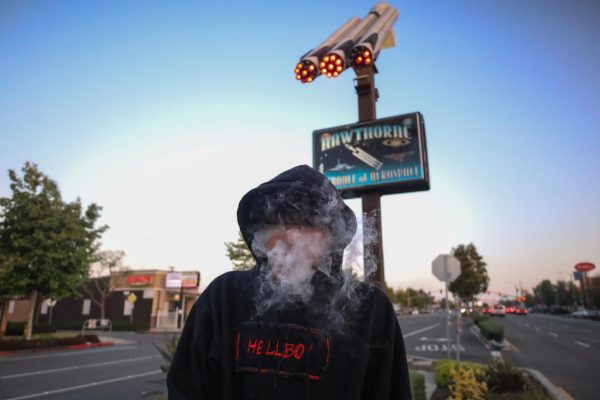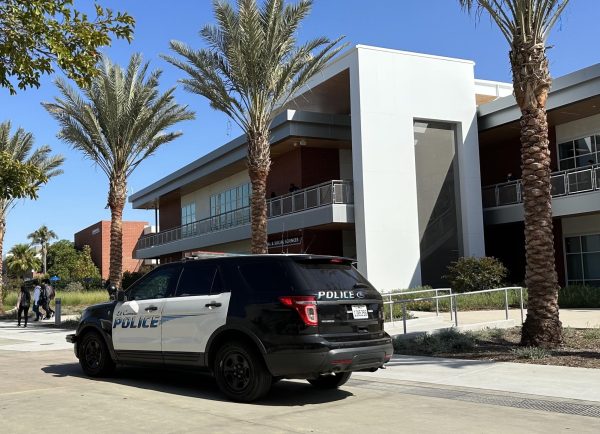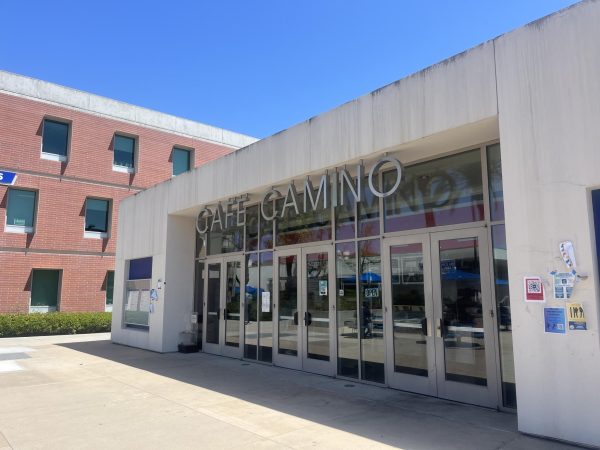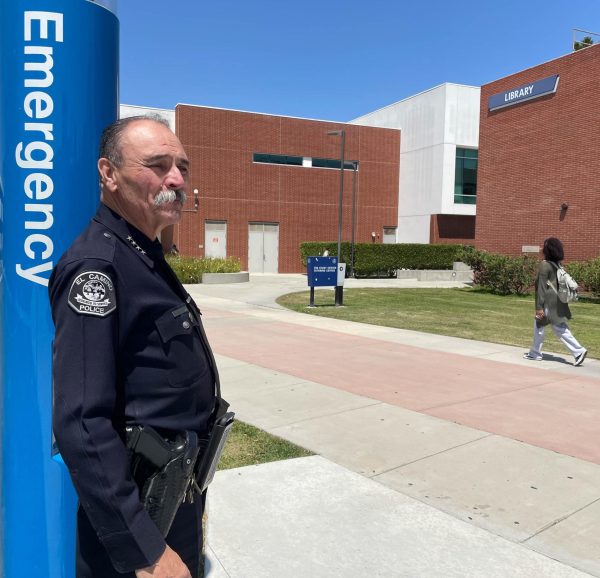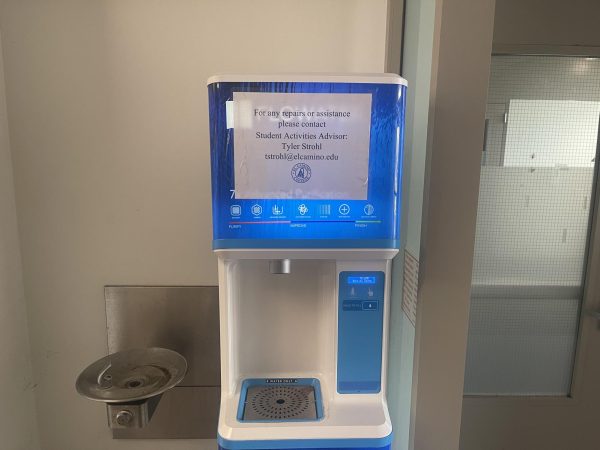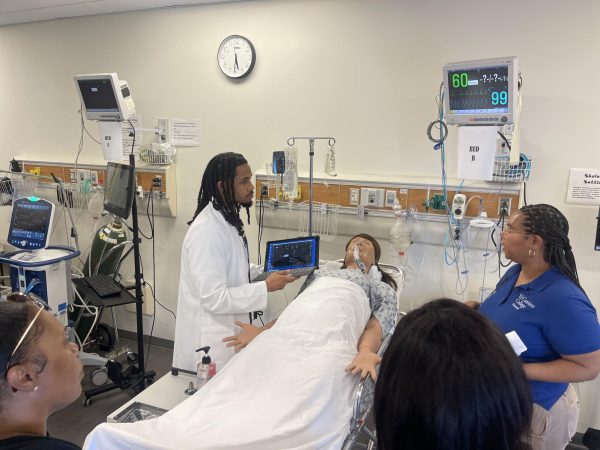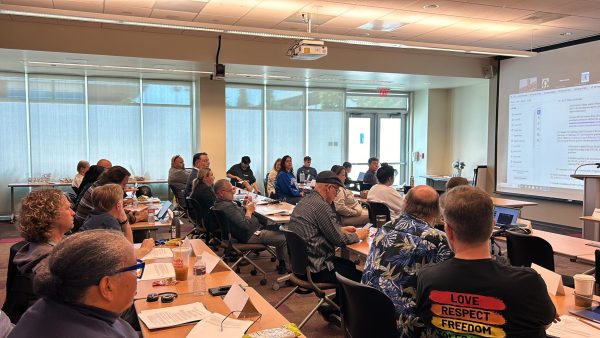L.A. Public Library showcases historical documents on tour
Benedict Arnold, George Washington and Abraham Lincoln all rest inside the walls of the L.A. Public Library.
Well, not exactly.
Historic American documents will be on display at the Los Angeles Public Library until Jan. 4, in what will be the only exhibition available on the West Coast.
The documents have been on display since Oct. 4 and can be seen by the public during regular library hours at no cost.
Titled “American Originals: Treasures from the National Archives,” the exhibit features 25 documents that have impacted the course of American history.
From the handwritten draft of President Ronald Reagan’s inauguration speech, to Benedict Arnold’s letter to George Washington announcing his betrayal to the American cause.
The exhibit displays some of America’s most famous documents, and others that have been a bit overlooked.
Americans share common link
“These documents are very important because they tie us together as Americans.” Arthur Verge, history professor, said.
“I think it’s even more important that these documents get out to the West Coast. Not everybody can afford traveling to the East Coast to see these documents,” he added.
These documents have been on tour since the fall of 2001, when the National Archives in Washington D.C. began renovating its building. Eight cities have been selected to host the tour.
“I feel we should all be recognized as part of American history,” said Diane Siegel, education specialist for the exhibit. “L.A. being such a large and diverse city has a lot of history to offer as well.”
Documents are wide ranging
Among the most famous documents being displayed: The Civil Rights Act of 1964; The Louisiana Purchase Treaty; Germany’s surrender after World War II. The exhibit also displays documents of significant importance, but that are of a more human-interest nature.
There is an order to arrest Wyatt Earp for larceny in the Indian country; there is a logbook that kept count of all the casualties of the 100th Battalion 442nd combat team, which consisted of Japanese-American troops who were stationed in Italy during WWII.
There is also Thomas A. Edison’s application to patent his invention, the electric lamp.
“I think this exhibit humanizes history for us,” Siegel said. “It creates an interest in the people who are behind the documents and we should learn more about the people who wrote them.”
The library will be offering a limited number of guided tours for local schools or community groups.
Lack of awareness concerning
This is an opportunity for students who are interested in experiencing American history first hand. However, one major issue of concern stems around student awareness over this extraordinary event.
“With so much to do in L.A., history is not a priority on students’ minds,” Verge said. “This tour of documents means that finally we on the West Coast are being recognized as a national fabric.”
For Oscar Rodriguez, physical education major, the exhibit is of importance.
However he believes that there aren’t enough outlets to let people know about the tour.
“I didn’t even know the exhibit was there,” Rodriguez said. “I think it should get some news coverage, so people who may be interested can go out and see the documents.”
Past and present collide together
Rodriguez believes this showing will prove to be a great opportunity for students to gain understanding about how everything came to be.
“It’s good to have the documents displayed,” Rodriguez said. “To see these documents is a chance to get some background information and some better insight to our history.”
Some of the documents on display not only had a significant impact on America but they also impacted the world.
Such is the case with Edison’s invention.
“His inventions have a great meaning of pride to humanity,” Verge said. “Recorded music, movies or electric lamps are all things the world uses that originated with Edison’s inventions.”
Emancipation out for three days
The highlight of the tour is The Emancipation Proclamation, which will be on display this weekend.
Due to its fragile nature, the document will only be displayed for four days. Its importance is not being overlooked.
The Emancipation Proclamation was signed by President Abraham Lincoln in 1862 during the Civil War. The document abolished slavery.
While the issue of equal rights would be contested for the next 200 years, many historians consider it a landmark document..
“It was not only a great document for America, but for humanity itself,” Verge said of the document which freed not only the slaves but also moved America n a new direction.
“This document brought slavery to the surface and made it a moral issue.”



